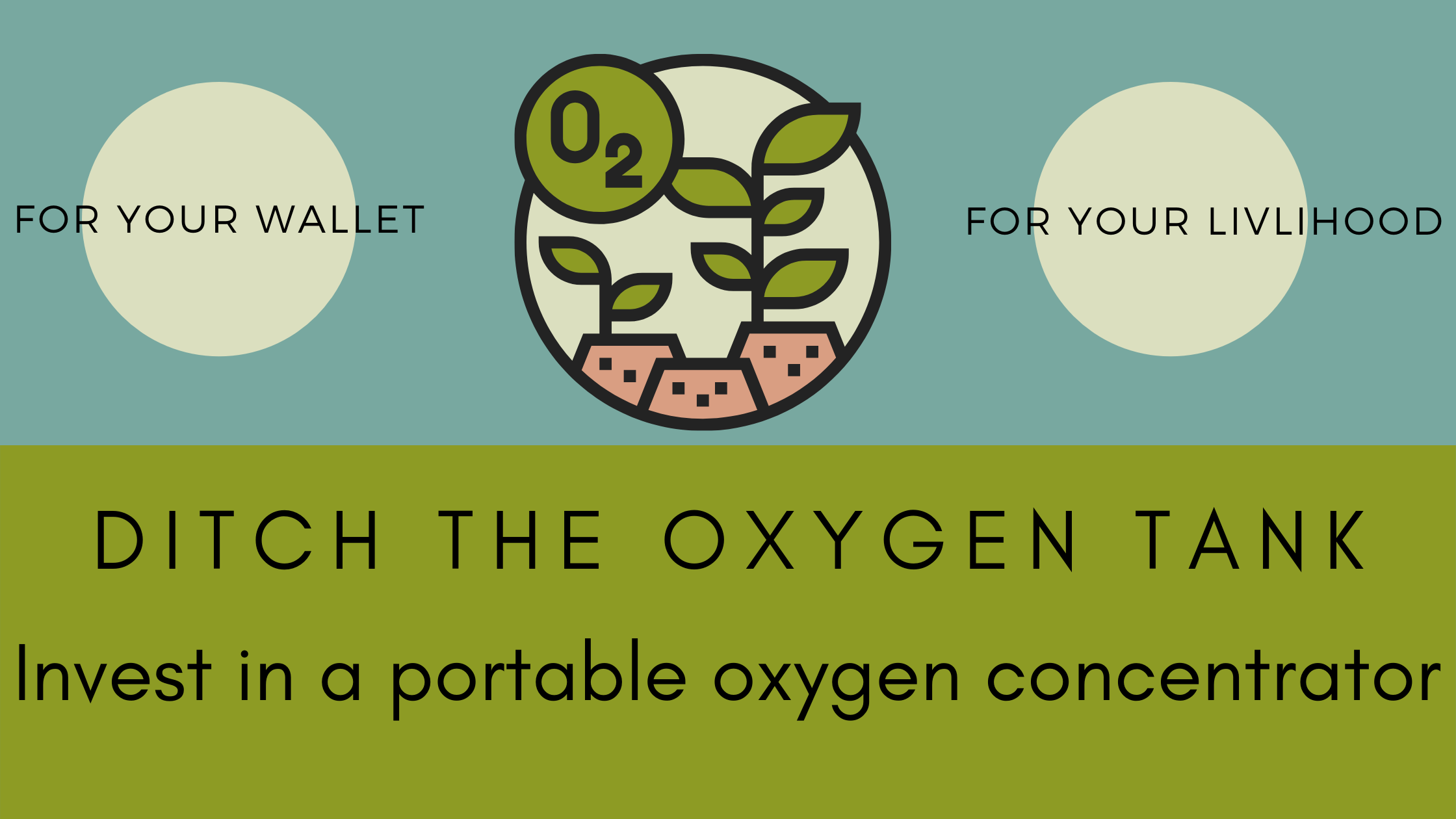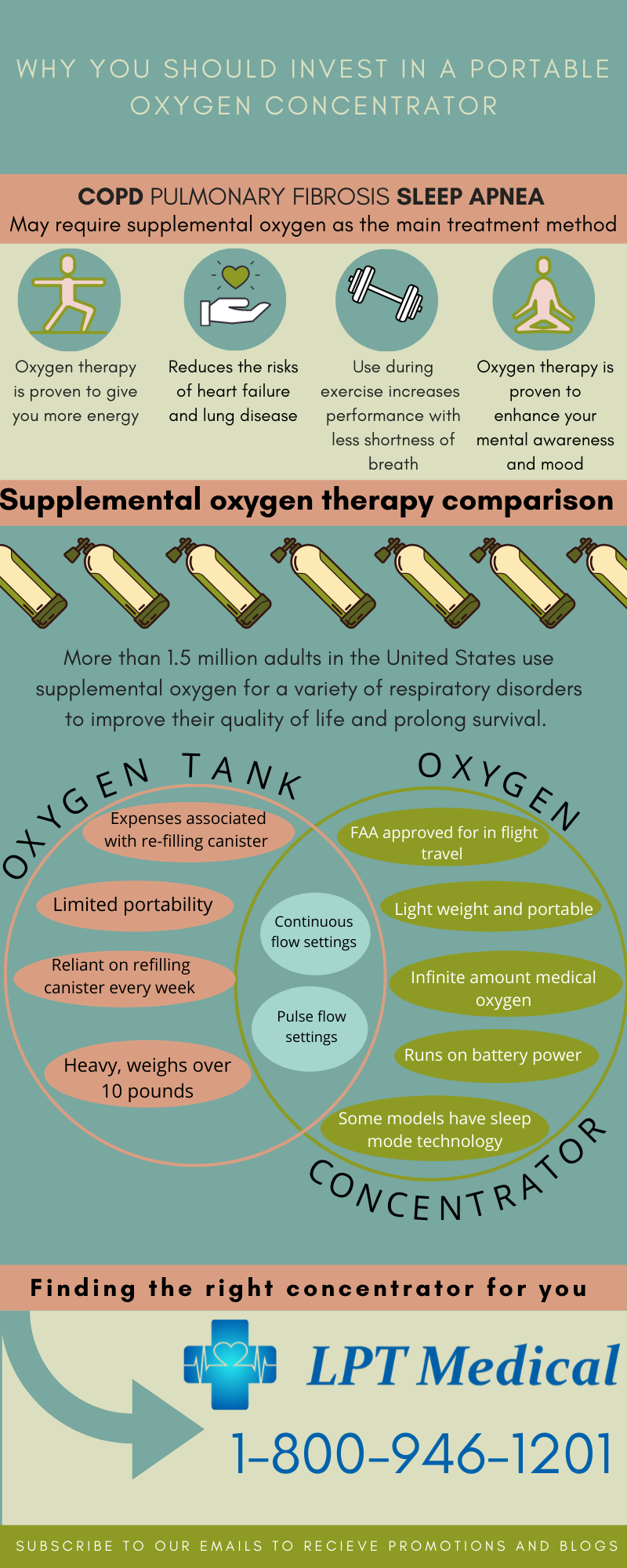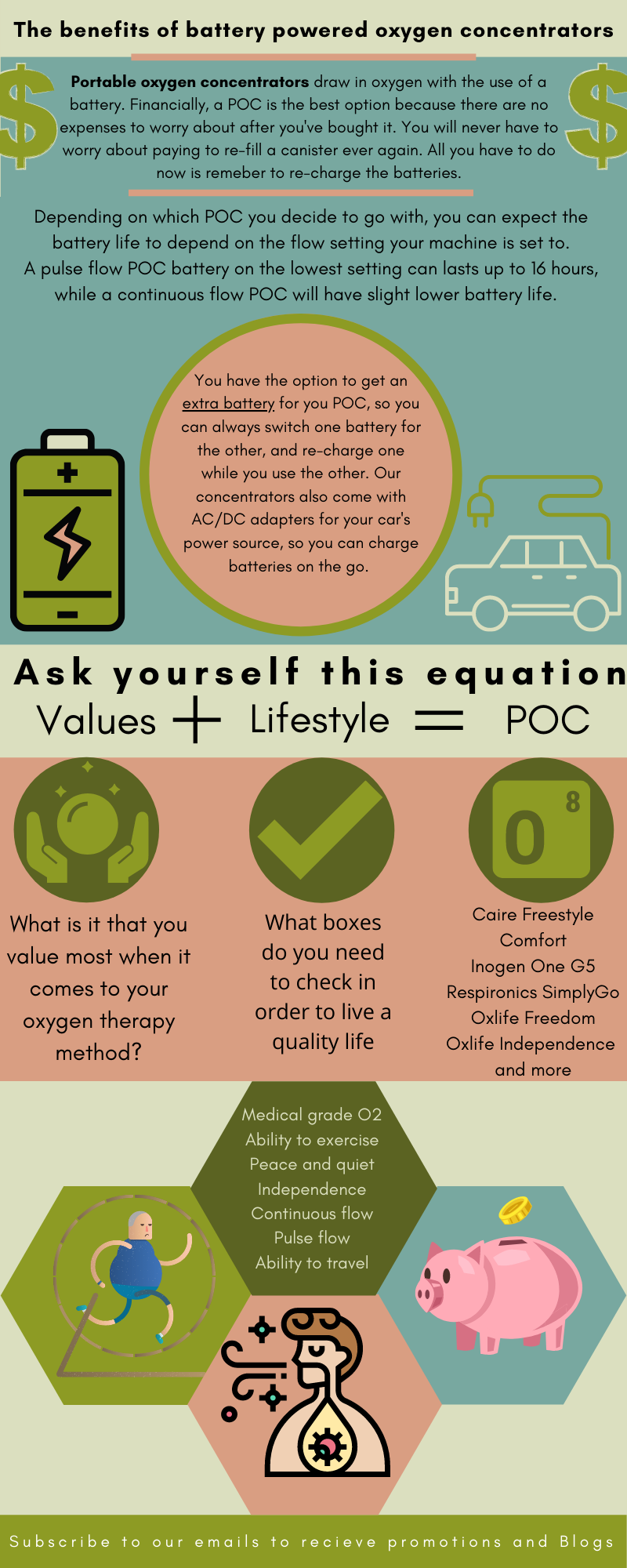
It's hard to imagine the feeling of being breathless until you’ve experienced it yourself. Your lungs gasping for breath, and unable to prepare proper blood oxygen levels is not only uncomfortable, but unbearable and terrifying.
Chronic respiratory conditions that inhabit normal breathing capacity in your lungs is one of the many ways people experience breathlessness on a day-to-day basis. These conditions include COPD, pulmonary fibrosis, severe asthma attack, pneumonia, pneumothorax (collapsed lung), and sleep apnea.
On their own, COPD and obstructive sleep apnea contribute to tens of thousands of American deaths every year, and still the two conditions can occur together and cases where they overlap have increasingly harmful effects on the health of patients.
There are a number of ways to treat COPD and sleep apnea, but one method that has been proven to prolong life and increase the quality of life is utilizing oxygen therapy. Oxygen therapy is something that your physician will generally prescribe to you. It is supplemental oxygen you can use at home everyday.
Whether you use oxygen-gas cylinders, liquid-oxygen devices, or an oxygen concentrator you will find that after getting used to using your device, that you can finally breathe at normal rates and enough oxygen can enter your lungs.
By utilizing oxygen therapy you will experience less shortness of breath doing everyday activities such as walking up and down the stairs, gardening, and cooking. As a result, you will be encouraged to try new things like going to pulmonary rehab classes, and exercising more consistently. Additional activity throughout your daily life will encourage better self-management of COPD and symptoms and improve your quality of life.

But the question remains: What method of supplemental oxygen is the most effective? And which device is right for your lifestyle and oxygen requirements?
If you enjoy being capable of getting around more independently, traveling long distances, going on vacations, and if you are a relatively active person who enjoys physical activities and exercise, an oxygen tank is not the best option for you.
An oxygen tank will limit your ability to accomplish all of those things. On the other hand, a portable oxygen concentrator will open up opportunities and give you the portability you are looking for in order to be more active, travel more, and give you reassurance to be more independent managing your COPD or other respiratory condition.
Here are the reasons you should invest in switching from an oxygen tank to a portable oxygen concentrator or if you are in the market for the first time for an oxygen therapy method.

 {{cta('fa8abc2a-1e88-4fa3-82fd-1cb5b9ed43b2','justifycenter')}}
{{cta('fa8abc2a-1e88-4fa3-82fd-1cb5b9ed43b2','justifycenter')}}


 So we can find the best portable oxygen concentrator for your needs!
So we can find the best portable oxygen concentrator for your needs!







